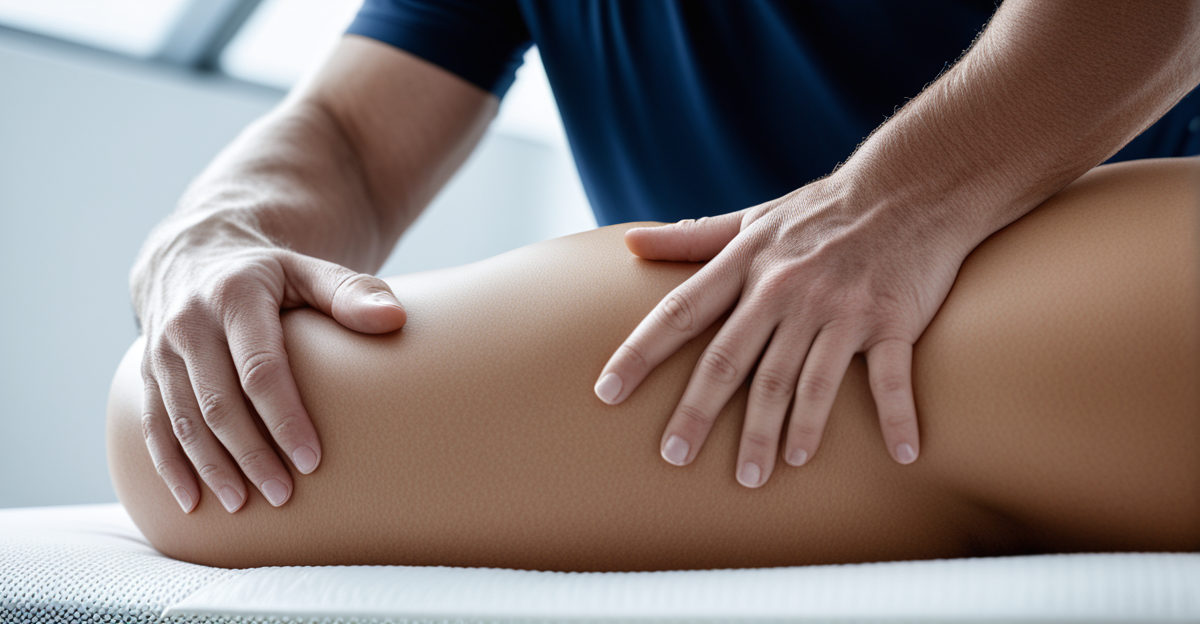Smart orthopaedic solutions combine advanced medical devices and biologics to transform treatment outcomes. From minimally invasive surgeries to innovative implants and digital care tools, these options improve mobility and comfort for various conditions. Understanding these breakthroughs helps patients and professionals make informed choices—enhancing recovery and quality of life with cutting-edge, evidence-backed approaches tailored to individual needs.
Essential Orthopaedic Solutions: Meeting Patient, Provider, and System Needs
Orthopaedic care today leverages a diverse mix of advanced musculoskeletal treatments and comfort-focused supports, addressing both straightforward injuries and complex chronic conditions. From personalized orthopaedic devices to targeted physical therapy, the landscape is evolving rapidly. For example, solutions like customized orthotic insoles and smart support wearables not only improve mobility but are tailored for daily comfort and faster recovery. One standout provider, Podoways, specializes in ergonomic orthopedic products for foot health; this page gives further details: Podoways.
Topic to read : What Are the Benefits of Practicing Preventive Healthcare in the UK?
The push toward patient-specific orthopaedic care is reshaping therapy by combining clinical know-how with technology-driven personalization. Wearable devices monitor joint health, while non-surgical therapies and contemporary postural correction methods offer tailored alternatives to surgery. On a systemic level, streamlined procurement frameworks facility access to a wide spectrum of implants, rehabilitation aids, and smart support devices, all overseen by expert teams to ensure consistent clinical evaluation. Moves toward sustainable sourcing, digital healthcare integration, and standardized product evaluation further enhance care continuity, reduce costs, and support both patients and healthcare professionals efficiently.
Latest Innovations and Evidence-Based Advances in Orthopaedic Care
Innovative medical devices: minimally invasive solutions and digital healthcare integration
The current landscape of innovations in bone and joint health focuses strongly on minimally invasive orthopaedic procedures and digital care coordination. Surgeons and patients alike benefit from reduced recovery times and improved outcomes. Wearable orthopaedic technology now empowers continuous monitoring through smart sensors, enabling remote follow-up and early detection of complications. Digital platforms streamline post-surgical recovery plans and contribute to comprehensive orthopaedic evaluations, making advanced musculoskeletal care more accessible.
Also to discover : Is a Plant-Based Diet the Best Way to Improve Overall Health in the UK?
Advances in implants, smart orthopaedic technologies, and biologic products for bone fusion
Orthopaedic implant advancements involve the use of advanced orthopaedic material usage for greater durability and biocompatibility. Today’s biologic treatments for joint repair harness bioactive synthetics and cellular bone allografts to accelerate bone fusion and healing. Innovations in bone and joint health have resulted in specialized implant designs, while biologic treatments for joint repair help improve patient-specific orthopaedic care, particularly in complex spinal and limb procedures.
Clinically supported outcomes and peer-reviewed evidence for new orthopaedic therapies
Adoption of these breakthroughs relies on evidence-backed protocols. Rigorous clinical data supports innovations in bone and joint health, demonstrating superior outcomes versus conventional approaches. This approach ensures that advanced orthopaedic material usage and biologic treatments for joint repair translate into meaningful, sustained improvements in mobility and quality of life.
Patient-Centric Orthopaedic Solutions: From Diagnosis to Rehabilitation
A comprehensive evaluation shapes the backbone of patient-specific orthopaedic care. Using advanced diagnostic imaging for orthopaedics and structured orthopaedic injury diagnosis tools allows providers to develop customized rehabilitation plans and implement tailored physical therapy for orthopaedics. Early, data-driven assessments ensure joint pain relief methods match each individual’s unique needs.
Smart orthopaedic technologies now support custom braces and supports, as well as orthotic insoles designed for comfort-focused orthopaedic supports. Devices—such as wearable orthopaedic technology and ergonomic orthopaedic products—provide ongoing monitoring and improve daily mobility for those with chronic joint pain solutions or post-surgical recovery plans. These personalized solutions enable effective fracture management and enhance patient comfort in orthopaedic treatment.
Rehabilitation programs for bone injuries incorporate innovations in bone and joint health, including bone healing acceleration and sports injury management. Post-surgical recovery plans integrate physical therapy exercises for joints and muscle strengthening for joint support, ensuring a holistic approach throughout long-term recovery. This patient-centric model integrates continuous reassessment, supporting adults, pediatric, and elderly joint care approaches with robust orthopedic solutions at every stage.



